Eichenwalde lies abandoned, and only the ruins of old German buildings remain. The site of Overwatch’s fiercest battle—a massive Omnic army facing off against Germany’s Crusaders during the Omnic Crisis—is being overtaken by the Black Forest. Trees burst through crumbling buildings, while ruins of old Bastion units litter the town’s streets.
Rife with lore, Overwatch’s Eichenwalde map tells a story of battle and of strategy. Though the game’s lore largely has no impact on a competitive match—and vice versa—there are moments when they do intertwine. Functioning as storybooks and as battlegrounds, Overwatch’s maps toe two different lines. The game’s map designers must invoke both while building out the game’s maps: You can’t have one without the other.
Blizzard’s map and hero designs allow for moments where players “break” the maps, destroying any semblance of order the designers tried to impart. The beauty of Overwatch’s complexity is within its architecture, how players can choose to respect that—or not.
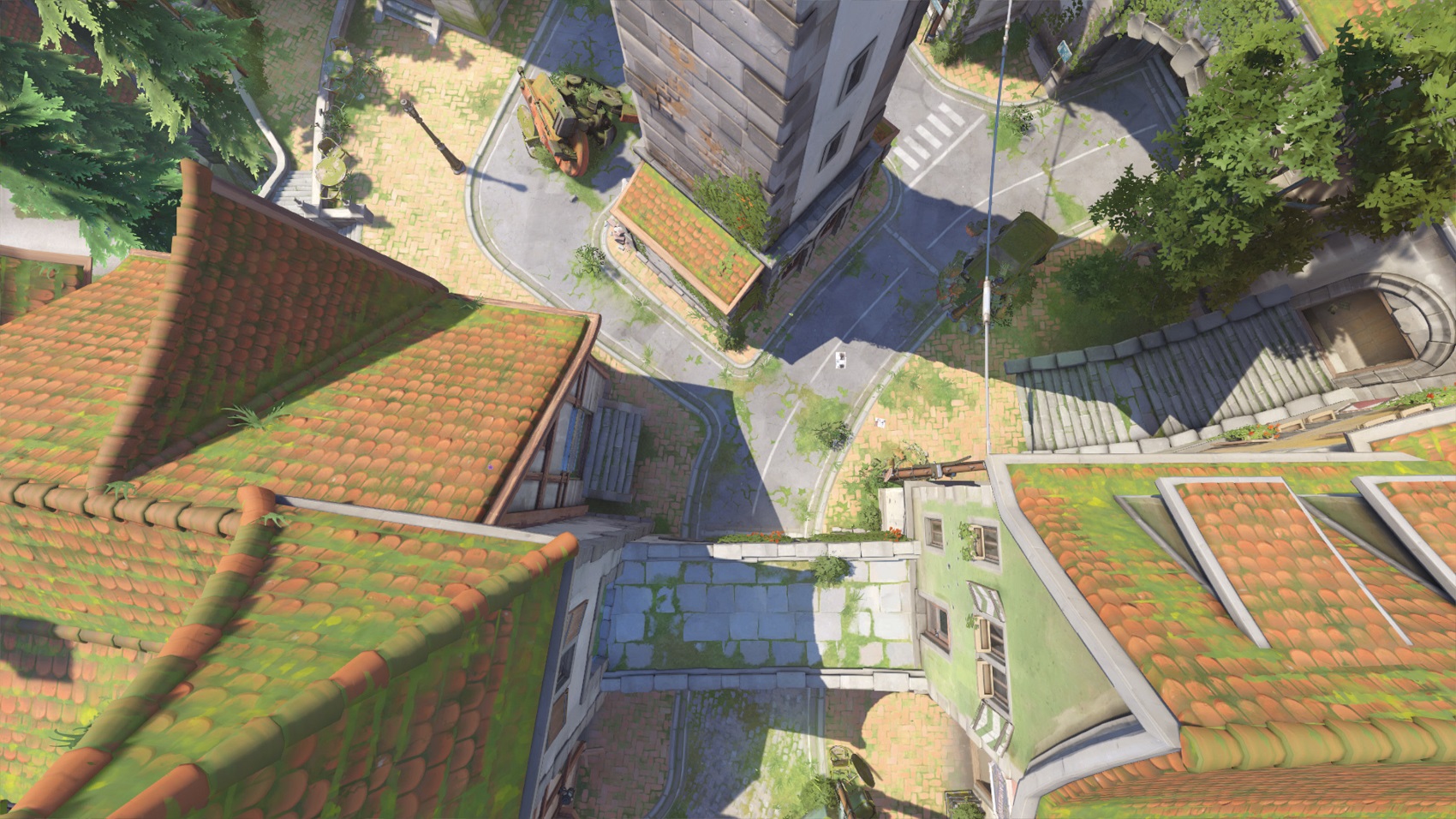
It starts at the first choke. Bursting out of Eichenwalde’s tavern spawn and into the city below the castle, the stroll to the choke is likely uncontested. As demonstrated in a semifinals match between RunAway and LuxuryWatch Blue in season two of the OGN Overwatch APEX, it’s customary to set up behind a Reinhardt shield. Tanks, say, D.Va and Roadhog will sit slightly behind the hulking crusader; D.Va will lay heavy fire into the approaching team while also protecting Reinhardt’s shield with her defense matrix, while Roadhog looks to land hooks on important approaching players. LW Blue, then, puts their two healers, Ana and Lúcio, in the backline, with their DPS player on McCree darting closer, then retreating.
Understanding Overwatch means grasping the game’s landscape: These setups are not coincidental. Instead, players are rewarded for working with the maps as opposed to against them—in most cases.
Back to Eichenwalde’s first choke point, it’s not an accident that Reinhardt’s shield conveniently fits snug in the archway’s opening. A few different pathways wind from the attacking spawn, making the approach more than just a straight line. But there’s just one logical way to reach the capture point: You have to breach the choke. And what’s why a standard defense sets up at the stonework bridge, behind Reinhardt’s shield.
When an attacking team expects this traditional setup, the map they’re playing on helps determine what style of play to engage in. The options are playing the Reinhardt shield war or heading to the skies. And these days, teams are opting just to go up and over a solid, shielded defense.
Overwatch’s dive composition is strong right now, especially on Eichenwalde. That’s why RunAway chose to put their world-class Reinhardt player Ryu “KAISER” Sang Hoon on Winston. The rest of the team followed suit in a pretty standard dive lineup: Lúcio, Ana, D.Va, Genji, and Tracer.
High mobility characters like D.Va, Winston, and Genji, in some ways, break Overwatch’s maps. A wayward bridge or an inconveniently placed building is rendered null by a hero that can simply fly or jump over it. And that’s exactly what RunAway does when faced with LW Blue’s Reinhardt shield. They just jump over it. Winston engages first, with Genji and D.Va following shortly after. Dive engagement like this opens the front door, then, for the heroes who can’t jump over—in this case it’s Lúcio, Ana, and Tracer—to push through.
Blizzard echoes this design theory in Hanamura, where the first capture point sits behind a towering, wooden gate. Like with Eichenwalde, there are two ways in: Push through or bound over and through a mech-sized window on the gate’s top left corner.
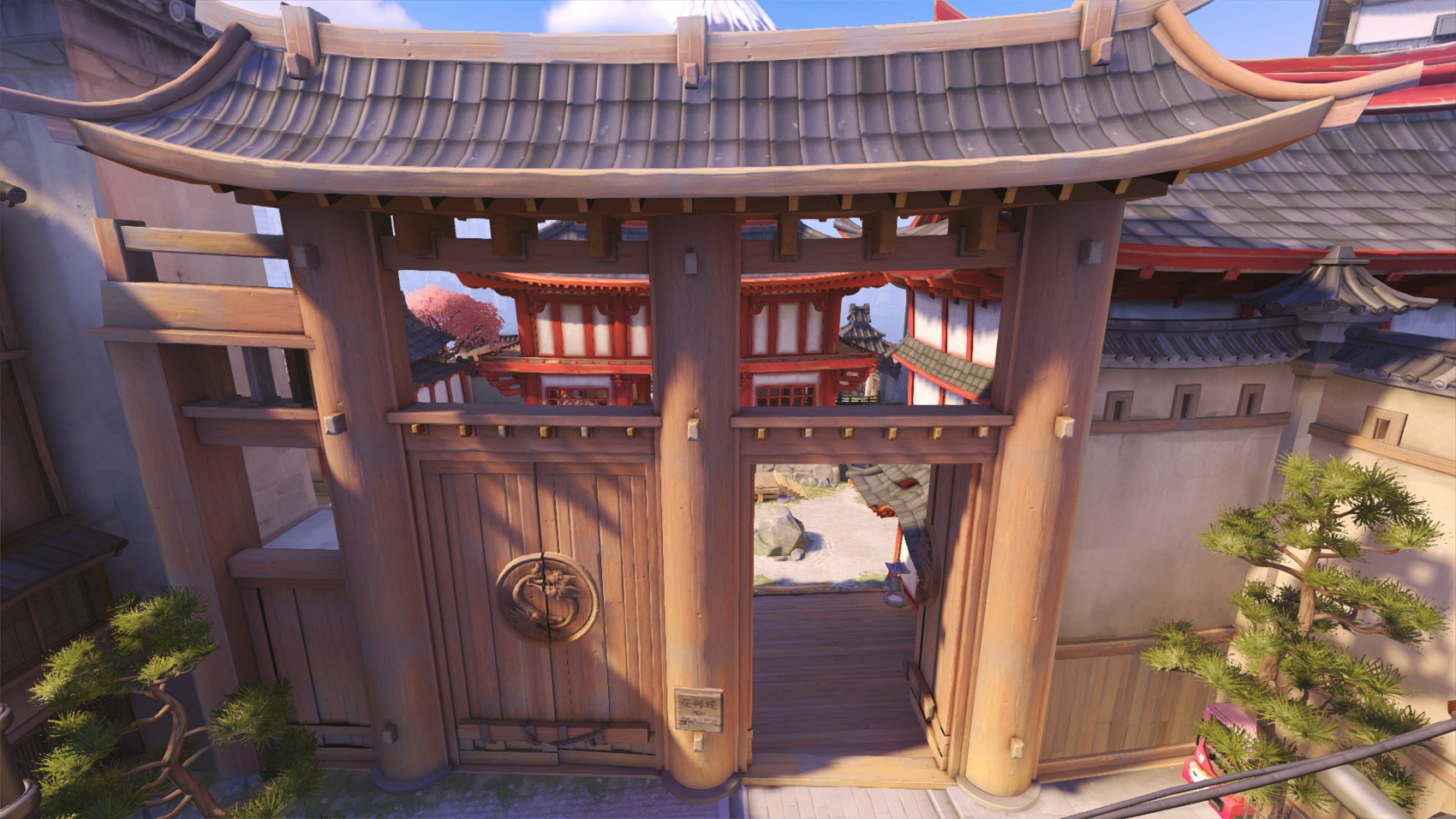
A spattering of buildings sit inside Hanamura’s first gate. Likewise, crumbling homes circle the capture point payload on Eichenwalde. These buildings—which color Overwatch’s world, filling out the now ruinous city—provide cover in competitive battle, but they’re also filled with story. A player can choose to ignore the stuffed bucks hanging on the decayed walls—or not. In competitive, however, once a player has pushed past that first point, these buildings become places of refuge. A Tracer player is likely to dart in and out of their battered doors and busted out windows.
Though Overwatch’s doors and windows, structures and trees, are carefully placed, their permanence is not guaranteed. Eichenwalde, in particular, is a testament to that. A mid-March Overwatch patch added an entirely new door to Eichenwalde, giving players another potential path through the town’s first chokepoint. When this happened, attackers no longer had to push through or jump over: Now they could sneak by.
That’s precisely what Meta Athena did in their second group stage match against Afreeca Freecs Blue on Eichenwalde. In a similar way as D.Va and Winston “break” a game’s architecture, Mei completely obliterates it.
When Afreeca Freecs Blue sets up their defense on Eichenwalde, they’re ready for a dive composition. Reinhardt is not set squarely in his position under the bridge. He’s on top of it. But that’s not where Meta Athena is headed at all. The entirety of Meta Athena heads through Eichenwalde’s new doorway, using Kim “Libero” Hye Sung’s Mei wall—which literally builds an ice wall where it’s placed—the team sections off the map, separating the two teams. It allows Meta Athena to stroll past the first choke.
Once they’re on the high ground, Afreeca Freecs Blue backs off toward the point. Any rational player would expect the team to face the capture point and fight from there. It’s a good advantage already. But Meta Athena is not that team. Neatly aligned on the patio high ground area of the broken up house, Libero uses Ice Wall to boost the entire team up and over the structure.
Meta Athena is outside of the normal bounds of play for this stage of the map, allowing them to take a unique approach to the capture point: Afreeca Freecs Blue has to fight on Meta Athena’s terms, at close quarters in the house behind the payload.
It’s the equivalent of a hack, but perfectly allowed. And it continues throughout Eichenwalde, as the attacking team steers the payload through the town’s stone streets and toward its decaying castle walls. A map that always favors the defending team, players that want to win must do one thing: Break it.


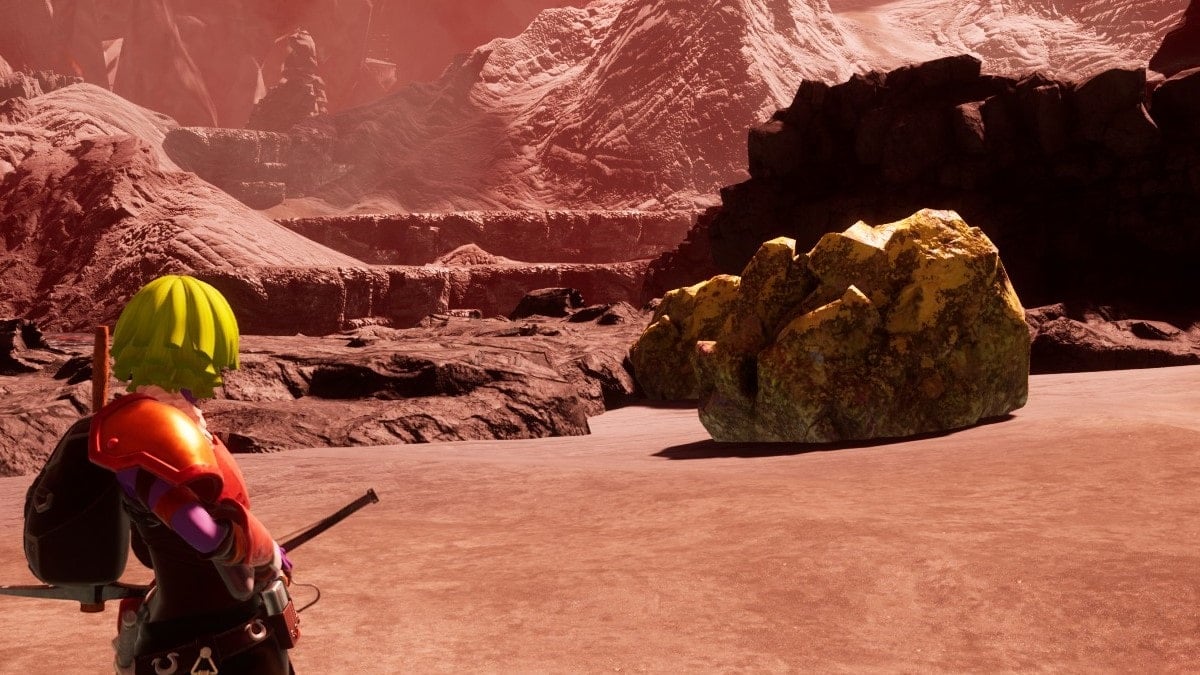
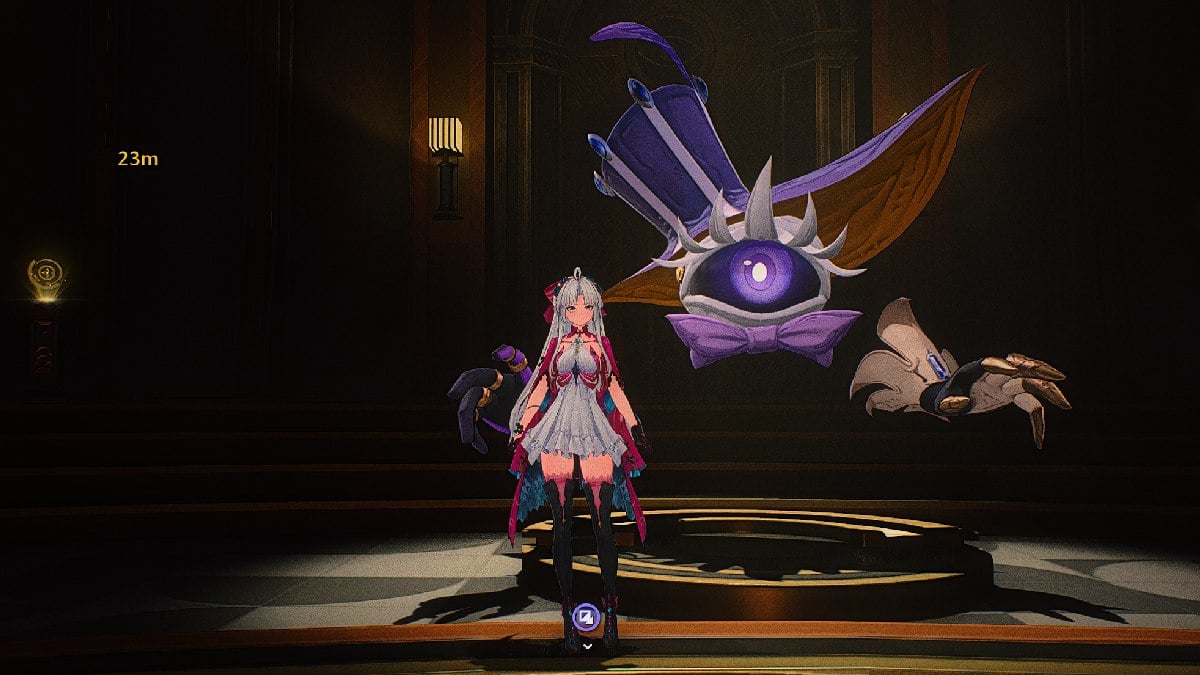
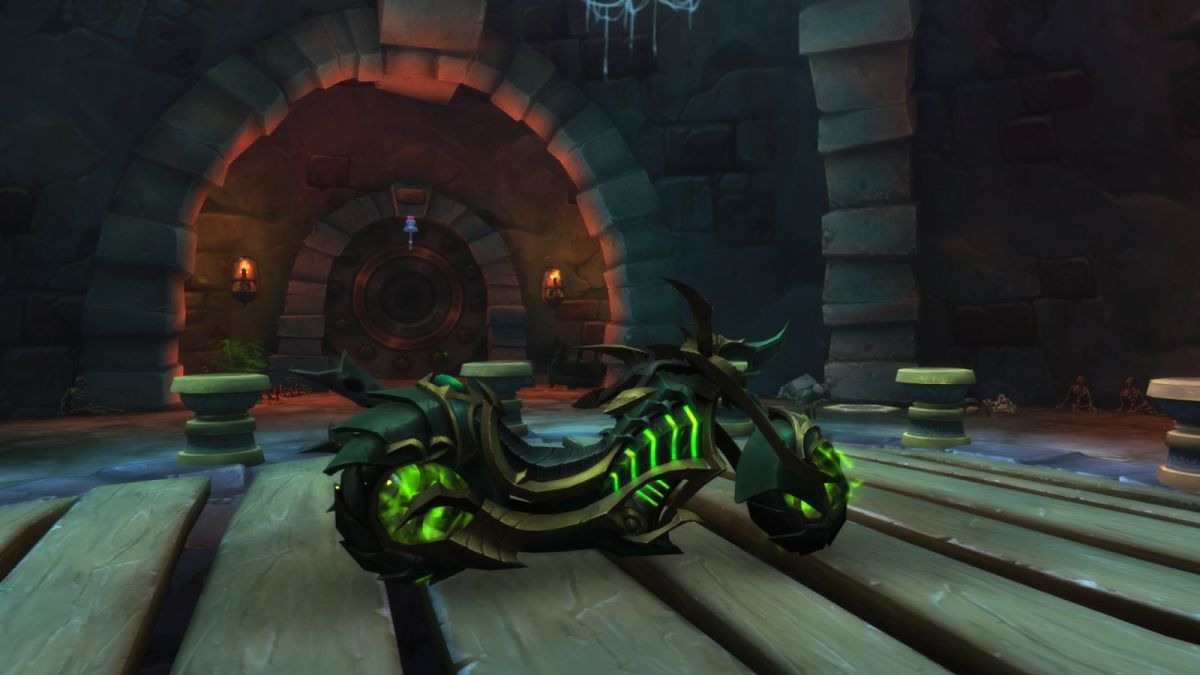
Published: Apr 28, 2017 09:50 am